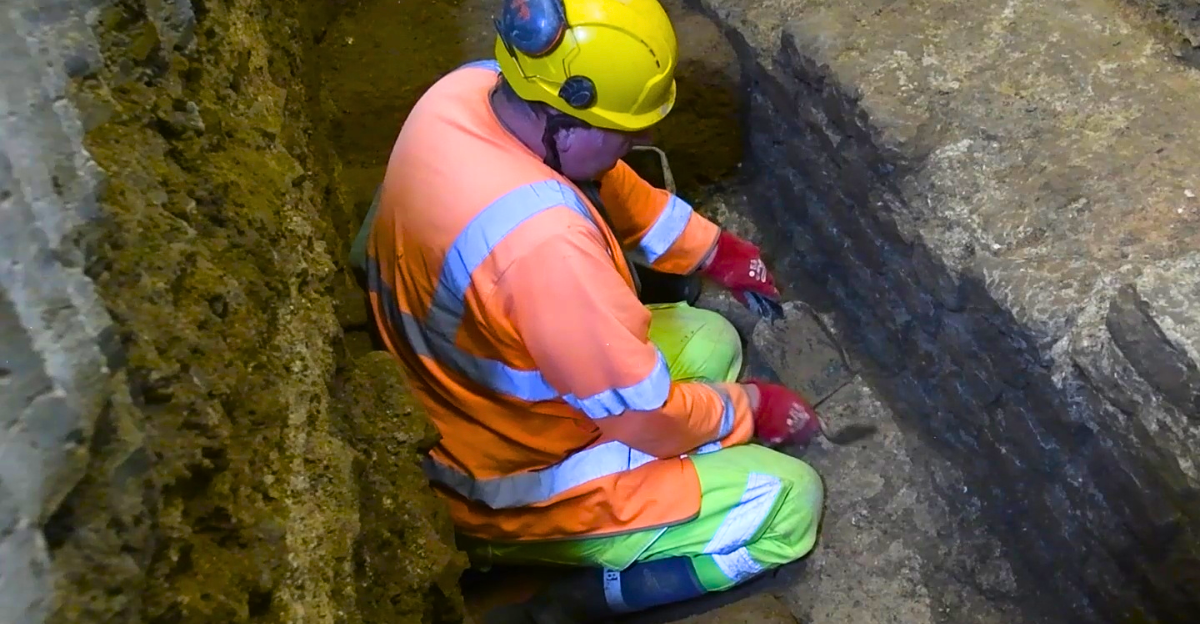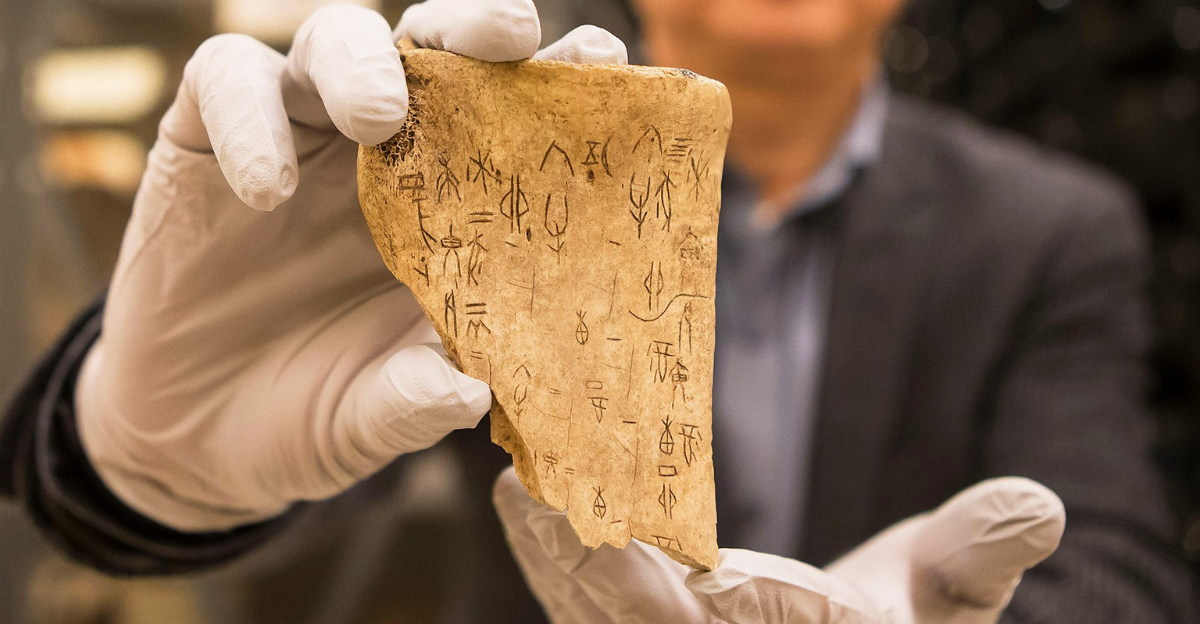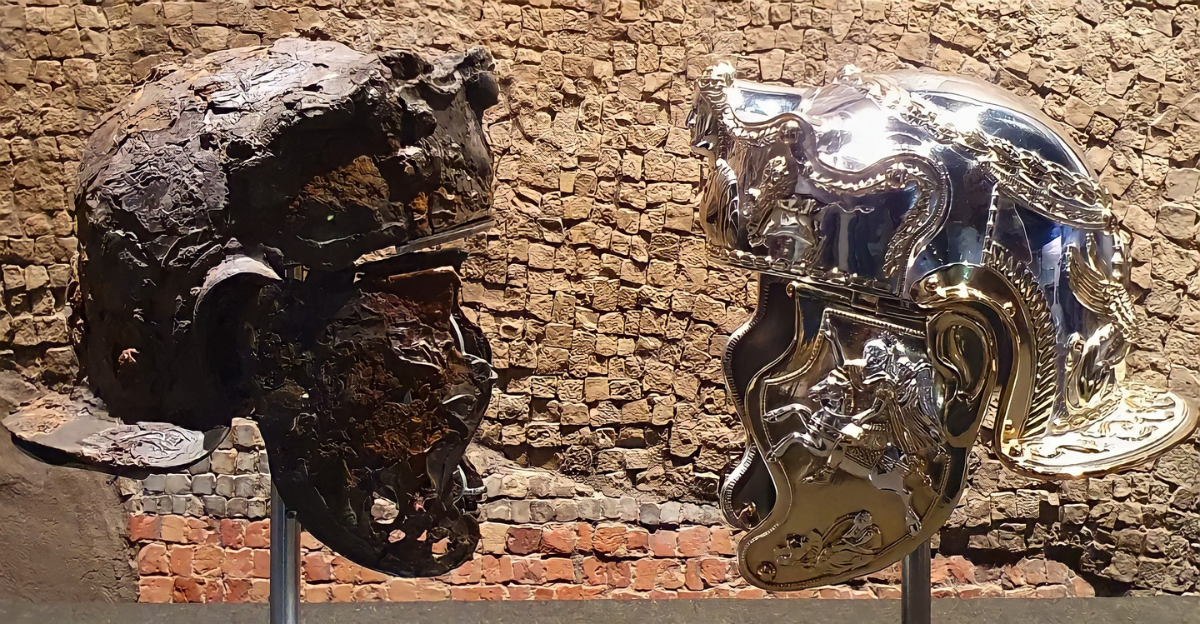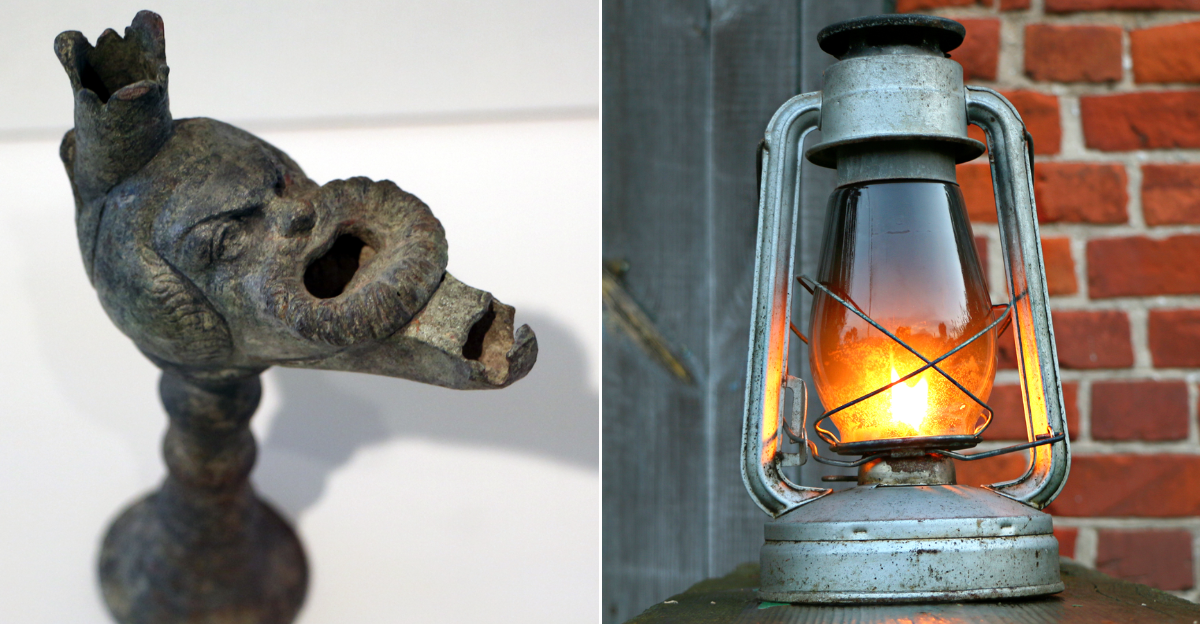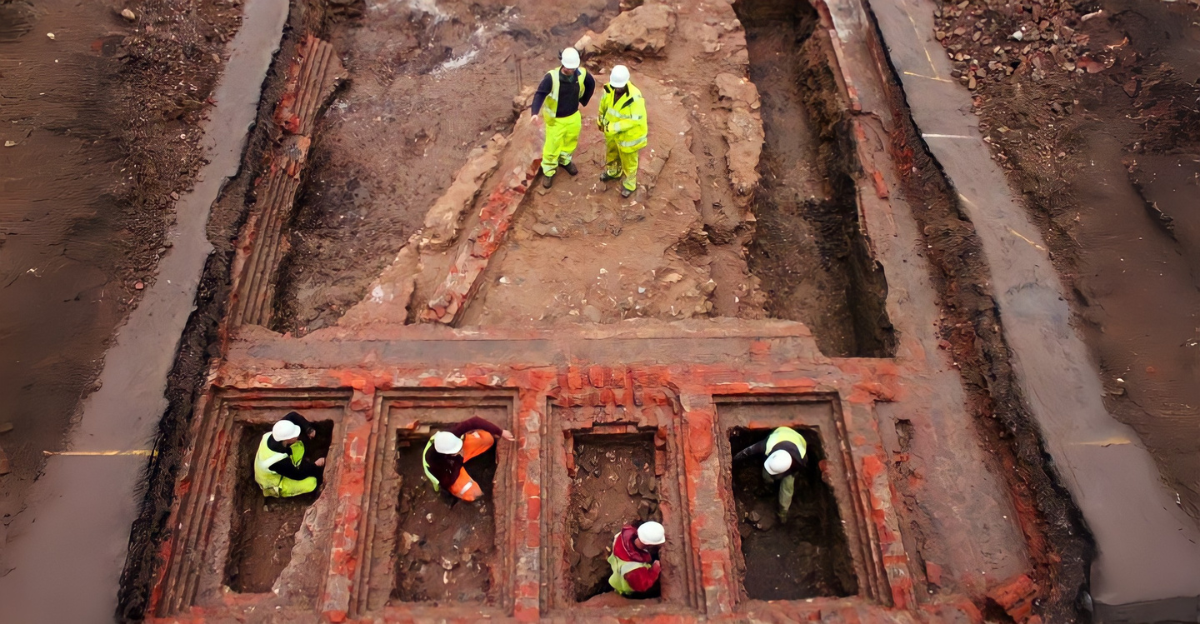
In the Quiet rivers and flatlands of southern England, history is often hidden beneath the surface, waiting to be found by a lucky dig or a closer look at an old text.
An archaeological discovery that could change maps and challenge what we’ve believed about the final year of Anglo-Saxon rule for a long time has been made recently.
Evidence from the early Middle Ages can be very fragile, and it can be in the form of wooden buildings that burned down, records that only exist as copies, and stories told more in pictures than in writing. This discovery brings rare and solid proof to a long-lost past.
Who Was King Harold II?
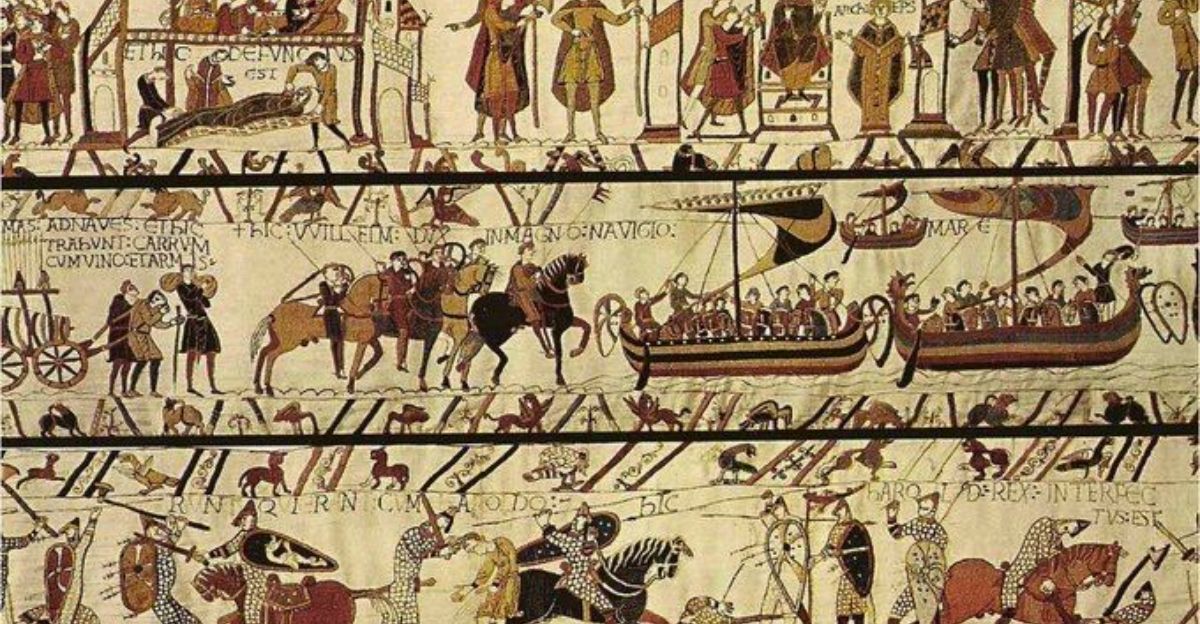
Harold Godwinson—better known as King Harold II—became king on January 6, 1066, after Edward the Confessor died and didn’t have an heir. King Harold II was a strong military leader and skilled ruler, but he reigned for under nine months because he was killed at the Battle of Hastings on October 14, 1066.
This event was shown in the Bayeux Tapestry and written about in old English records. His death marked the end of over six centuries of Anglo-Saxon rule and the beginning of Norman control under William the Conqueror. While Harold played a big part in English history, there hasn’t been a lot of physical evidence of his personal life. Historians had to rely mostly on pictures and brief writings to piece together details of his life.
Rediscovering a Royal Palace
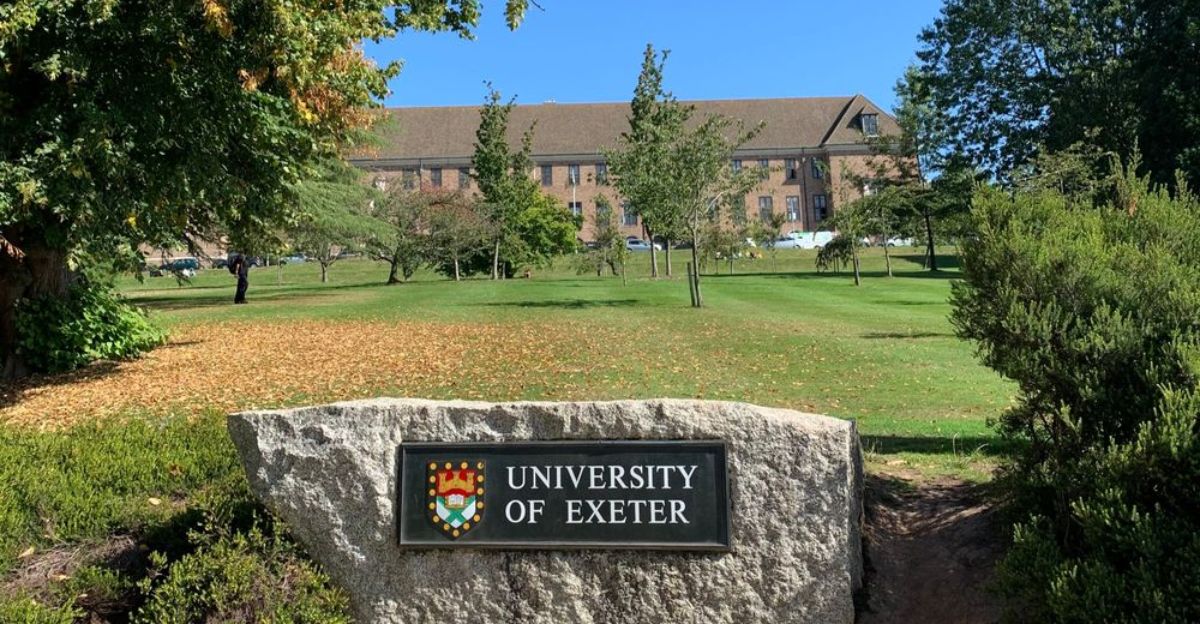
Archaeologists from Newcastle University and the University of Exeter have discovered what they believe was King Harold’s primary residence. It has been hidden beneath a modern private home. Using ground-scanning technology, digging, and a review of an earlier 2006 dig, they found two old buildings, one inside the current house and the other in the garden.
The most significant discovery was an 11th-century toilet inside a timber hall, as this was an item only the wealthiest people had during Saxon times. Many other buildings and defensive structures around it stretched about an acre. This proves the site was a royal palace, not just a regular home.
When History Reappears Again
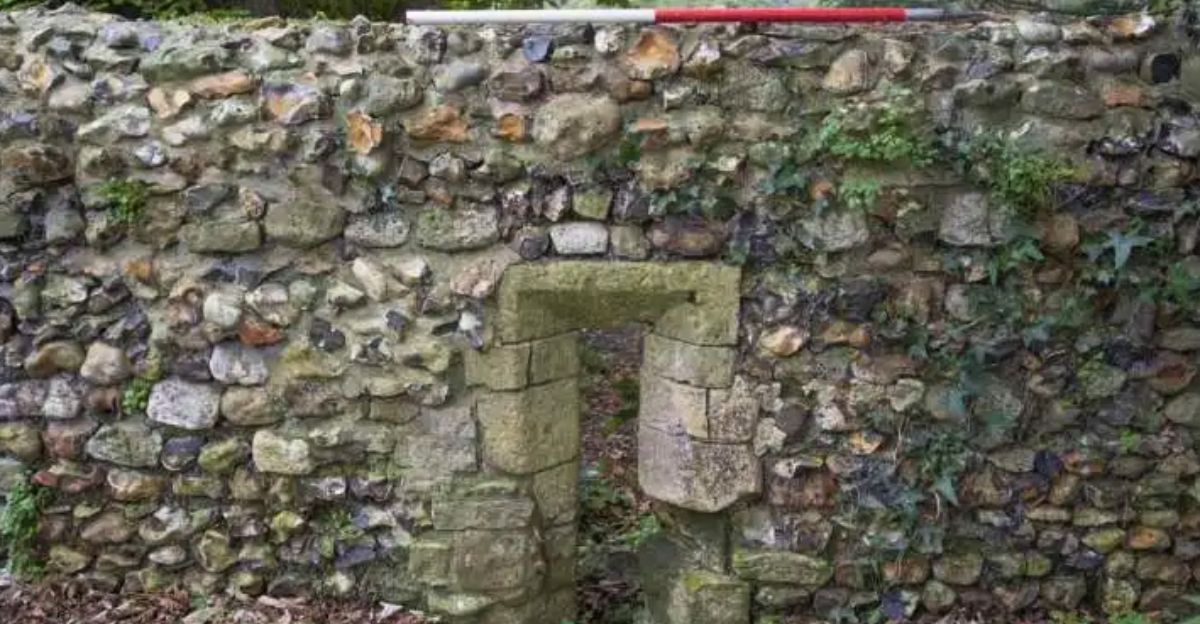
The palace thrived in the 1050s and 1060s when Harold was still the Earl of Wessex and later became king. However, it was lost to history after 1066, when many Saxon estates were taken over or even abandoned by Norman rulers.
In 2006, archaeologists in West Sussex found an old toilet but didn’t realize it was part of a royal site at the time. In early 2025, experts used better ground-scanning tools and looked again at the old evidence. Almost 1,000 years after its last known feast, Harold’s palace was confirmed in history with scientific evidence.
Bosham, the Coastal Stronghold
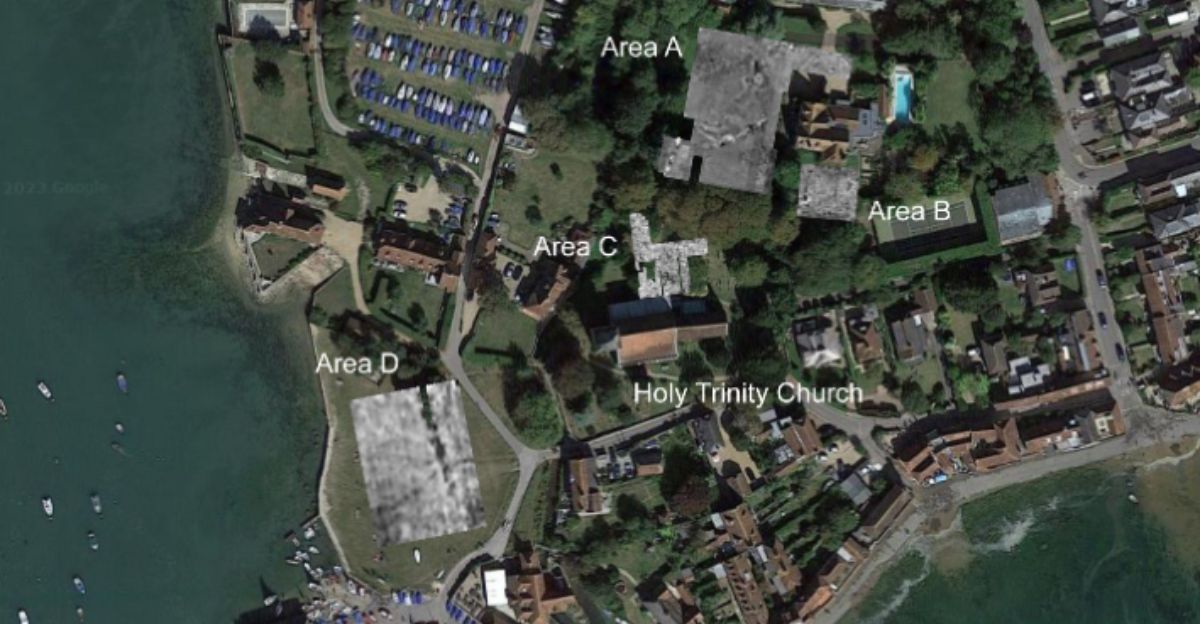
The palace is located in Bosham, a seaside village near Chichester. This location matches two scenes in the Bayeux Tapestry that show Harold having a feast and setting off on a journey to Normandy. Evidence suggests the palace stood next to a natural harbour and the still-standing Holy Trinity Church, once connected by a wooden walkway with visible post-holes.
Archaeologists also found a moat 250 meters long and 3 meters wide, surrounding more or less 4,000 square meters of raised land typical for late-Saxon fortresses. Bosham’s location gave Harold quick access to the sea and helped him control the southern coast of England.
Why is This Significant?
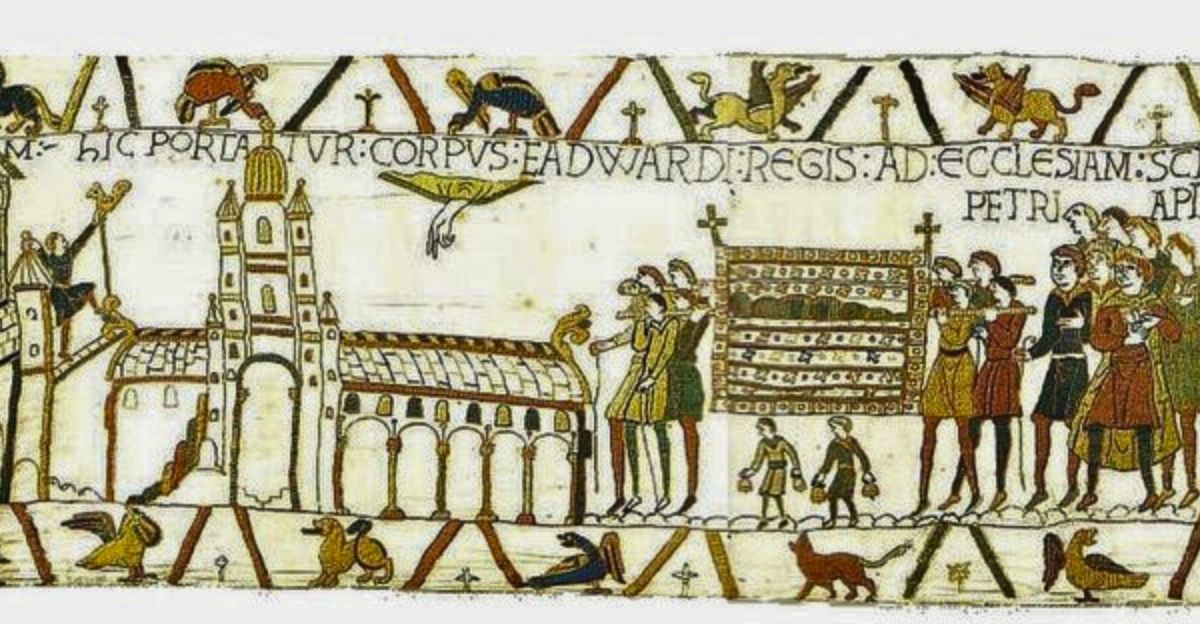
Finding physical remains from the lives of Anglo-Saxon elites is difficult because their wooden buildings were destroyed over time, especially by Norman rebuilding and farming. This is why finding Harold’s palace was such a significant breakthrough. It gives us a rare and detailed look by bridging the gap between stories and actual archaeological evidence on how powerful people lived.
It also brings new attention to the mystery of where Harold was buried. Old records suggest he may have been buried near his home, and bones found under Bosham Church in 1954 might be his. Scientists could now test those remains with modern technology. This discovery also strengthens how we teach, remember, and explore this part of history.
Rebuilding the Past With Technology
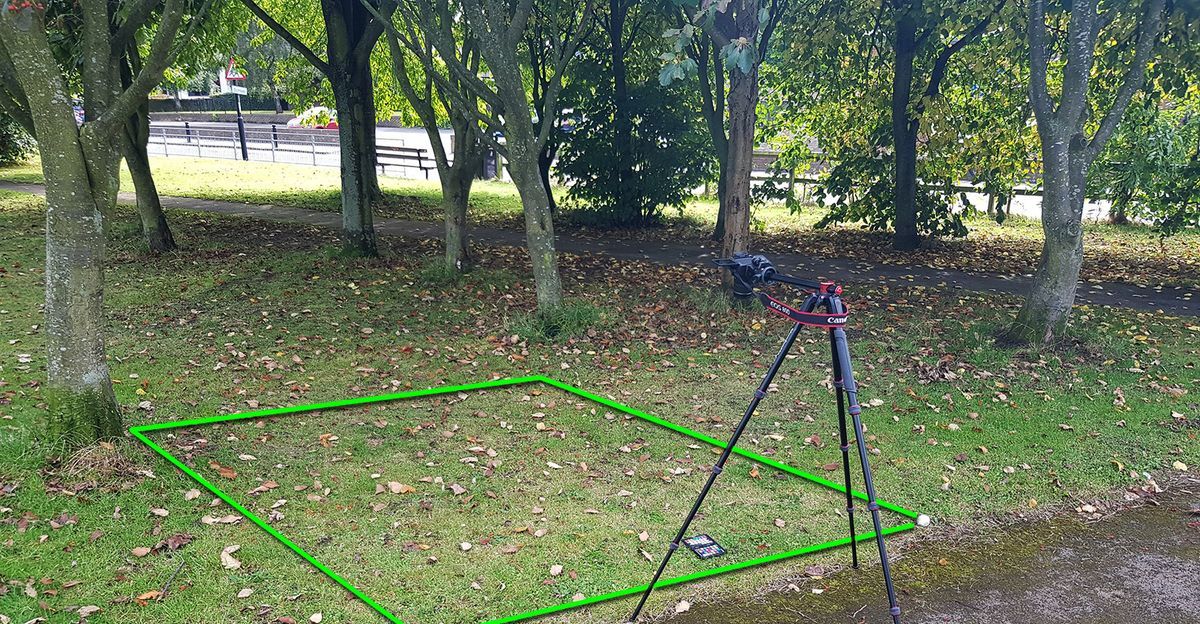
The project used advanced, non-invasive tools like magnetometry, resistivity, and photogrammetry, along with careful study of old records. Researchers looked at historic maps showing that property lines matched scenes from the Bayeux Tapestry.
Building surveys also revealed that old Saxon wooden beams had been reused in newer walls. By creating 3D maps of the land and testing soil layers, they confirmed that the site was lived in during the mid-11th century.
Most importantly, collaboration between archaeologists, art historians, and landscape experts transformed what seemed like an ordinary house into a royal palace, piecing together evidence from different areas instead of relying on one significant excavation.
The Needle-Work Had All of the Answers
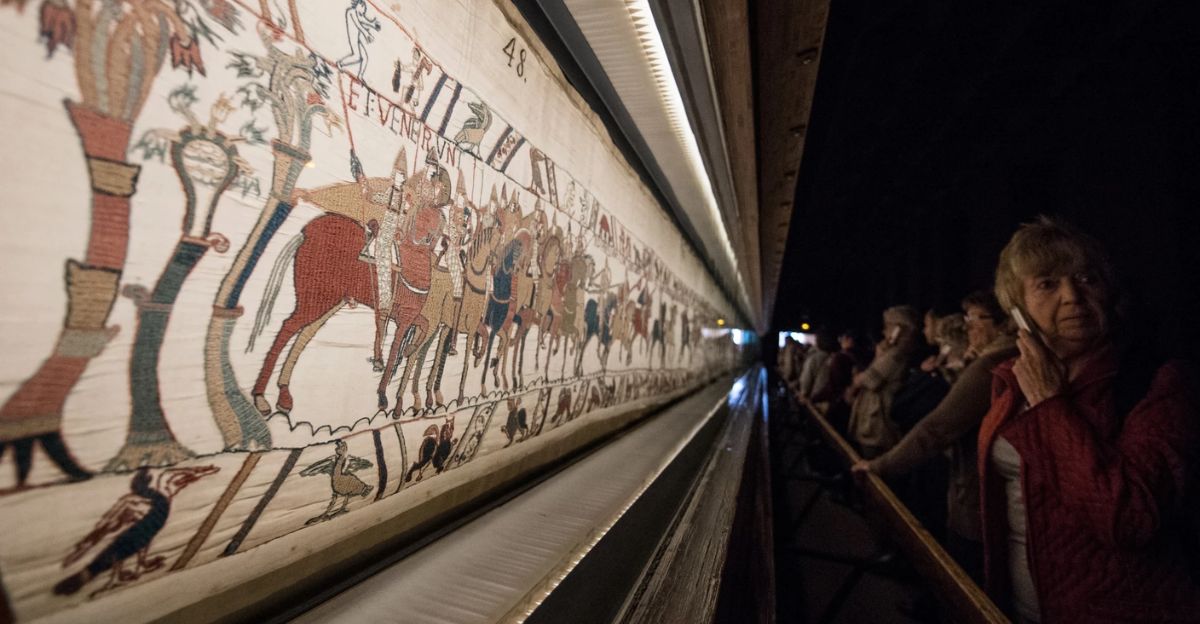
For many years, the Bayeux Tapestry was the only image we had of what King Harold’s home might have looked like. It shows an embroidered hall with detailed features by the sea. Scholars usually thought this image was symbolic and not meant to show a real place.
When researchers compared the stitched buildings to modern maps of Bosham, they found that the roof shapes and wall sizes matched. This means the artists who made the tapestry were showing real buildings, not just telling a story. This discovery piqued the interest of experts to take another look at other parts of the tapestry they once thought were just artistic imagination.
The Search for Harold’s Grave
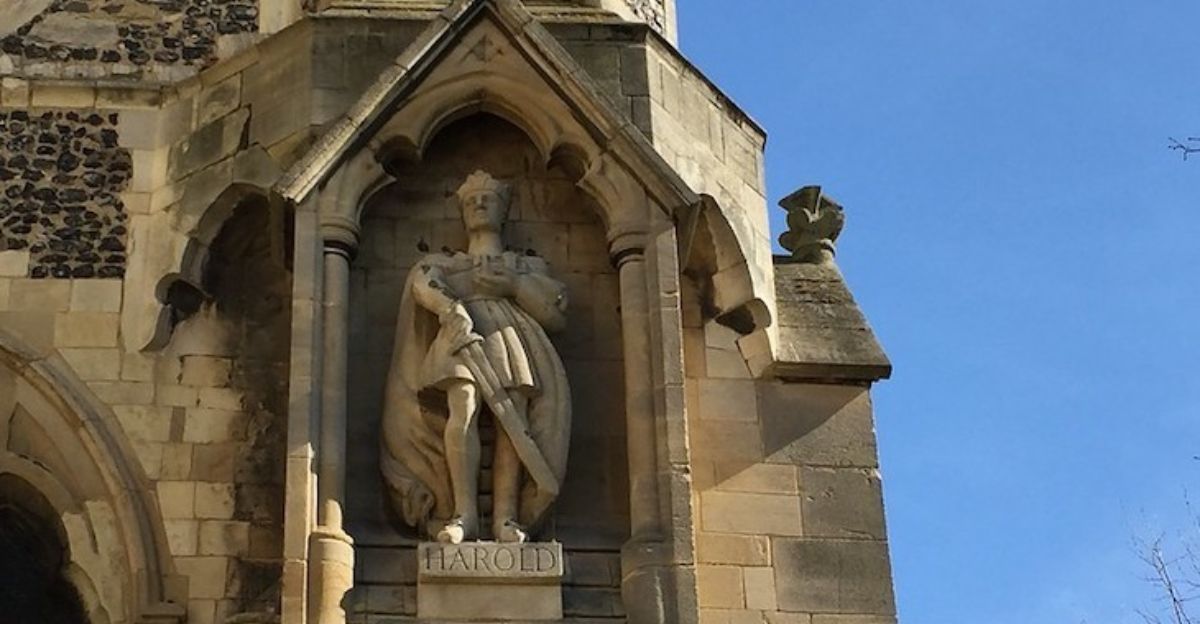
Harold is the only English king whose exact burial place has not been confirmed. Some old records say he was buried at Waltham Abbey, while others suggest he was laid to rest near his home by the sea.
Back in 1954, a skeleton of a well-off Anglo-Saxon man was found there. His body was missing a head and a leg, which matches stories about how Harold died. Modern DNA and bone testing can finally confirm whether those remains belong to him.
If they do, the site could become a national memorial and an important archaeological landmark.
Conservation, Community and Learning

The “Where Power Lies” research project plans to do more digging to find where extra buildings like workshops, kitchens, and defensive walls were located. It will also involve the Bosham community by holding public events and creating digital 3D versions of the site.
Heritage officials are deciding how to protect the site while respecting the rights of those who live there now. Ultimately, this discovery shows how careful research and modern technology can still change what we know about early English history.

